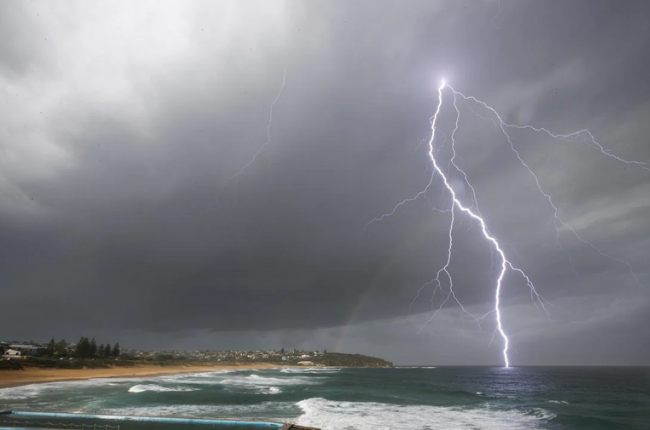This summer’s forecast? Heavy rainfall, storms, flooding – with the occasional tropical cyclone.
The Australian Bureau of Meteorology has declared that the La Niña weather event is underway again and will continue throughout the remainder of summer 2020-21. Here’s everything you need to know about La Niña including a comprehensive preparation checklist. Despite the event having already begun it’s not too late to prepare your council.
What is La Niña?
The term ‘La Niña’ describes part of a complex weather cycle known as the ‘El Niño-Southern Oscillation’.
This cycle has two opposite phases that you may be familiar with: El Niño, which generally brings below average rainfall and La Niña which brings above average rainfall.
La Niña occurs when the east-to-west winds in the Pacific Ocean become stronger. These winds change ocean surface currents and increase water temperatures, especially along Australia’s northern and eastern coast.
La Niña weather events usually brings above-average rainfall, however it can also be the precursor for other serious weather events like flooding, storms and storm surge, tidal flooding, coastal erosion – and even tropical cyclones.
Will history repeat?
The last significant La Niña event occurred in two phases from 2010 to 2012. It led to devastating widespread flooding, causing loss of life, significant property loss, business interruption and other damages to large areas of Western Queensland, South East Queensland, northeast New South Wales and Central West New South Wales.
Fortunately, this year the forecast is for a weaker La Niña event compared with that of 2010-12. But that doesn’t mean your council should be complacent.
La Niña events often have large-scale financial and business interruption impacts. As an example, the damages from Tropical Cyclone Yasi in 2011 were estimated at $3.5 billion.
Losses attributed to water-damage claims from storms and flooding have totalled approximately $78.3 million over the property scheme to date.
Now is the time to ask yourself how your council can better prepare.
Now is the time to act
We recommend reviewing the following checklist to help you prepare and otherwise make sure you’re ready for whatever La Niña may bring:
- REVIEW
- Dam safety management plans, flood emergency response plans and community flood emergency plans
- Supply-chain arrangements for ready access to raw materials and fixed and mobile plant equipment
- Resource allocations and availability – in particular, for road and stormwater infrastructure
- Business continuity plans
- INSPECT
- Stormwater and drainage infrastructure, such as culverts, open channels and retention basins
- Bridge pylons (look for debris build-up)
- Intermittent closing and opening of lakes and lagoons (watch out for silt accumulation)
- Building assets (in particular, check roofs, gutters and downpipes for blockages – where possible, drone technology can be useful for these inspections)
- Flood levee banks (inspect structural integrity)
- CHECK
- The operation of:
– Flood levee gates, barriers and warning systems
– Collapsible bridge railings
– Emergency pumping equipment
– Back-up power supplies - That sufficient ‘Water over road’ and ‘Road closed’ signage is on hand
- COMMUNICATE
- To the wider community about what kind of La Niña weather events are possible
- How members of the public can better prepare themselves
- CONSULT
- With other emergency service organisations via the Local Emergency Management Committee about potential weather impacts in your local government area
- AVOID
- Large-scale accumulation of motor vehicle assets in flood-prone areas
- UTILISE
- The services of Affiliated FM to prepare flood mitigation plans
Helping you weather the storm
Preparing your council now will help protect the safety of your residents, as well as safeguard your council’s reputation should La Niña impact your people or infrastructure.
However, we know that disaster can strike even the most prepared councils.
The good news is, we’re here to help you through any significant weather events that might arise. With our assessors, we’ll work with you to inventory your damages and help you navigate your claims.
Additional resources
Looking for more information on La Niña? We recommend:
Australian Bureau of Meteorology
https://www.fmglobal.com.au/research-and-resources/nathaz-toolkit/flood
https://www.fmglobal.com.au/research-and-resources/nathaz-toolkit/severe-weather
Statewide Mutual Guidance Note – Stormwater Infrastructure – v5 December 2019.pdf (accessible via the Member Centre –> Resources –> Manuals & Guidance –> Guidance Notes

